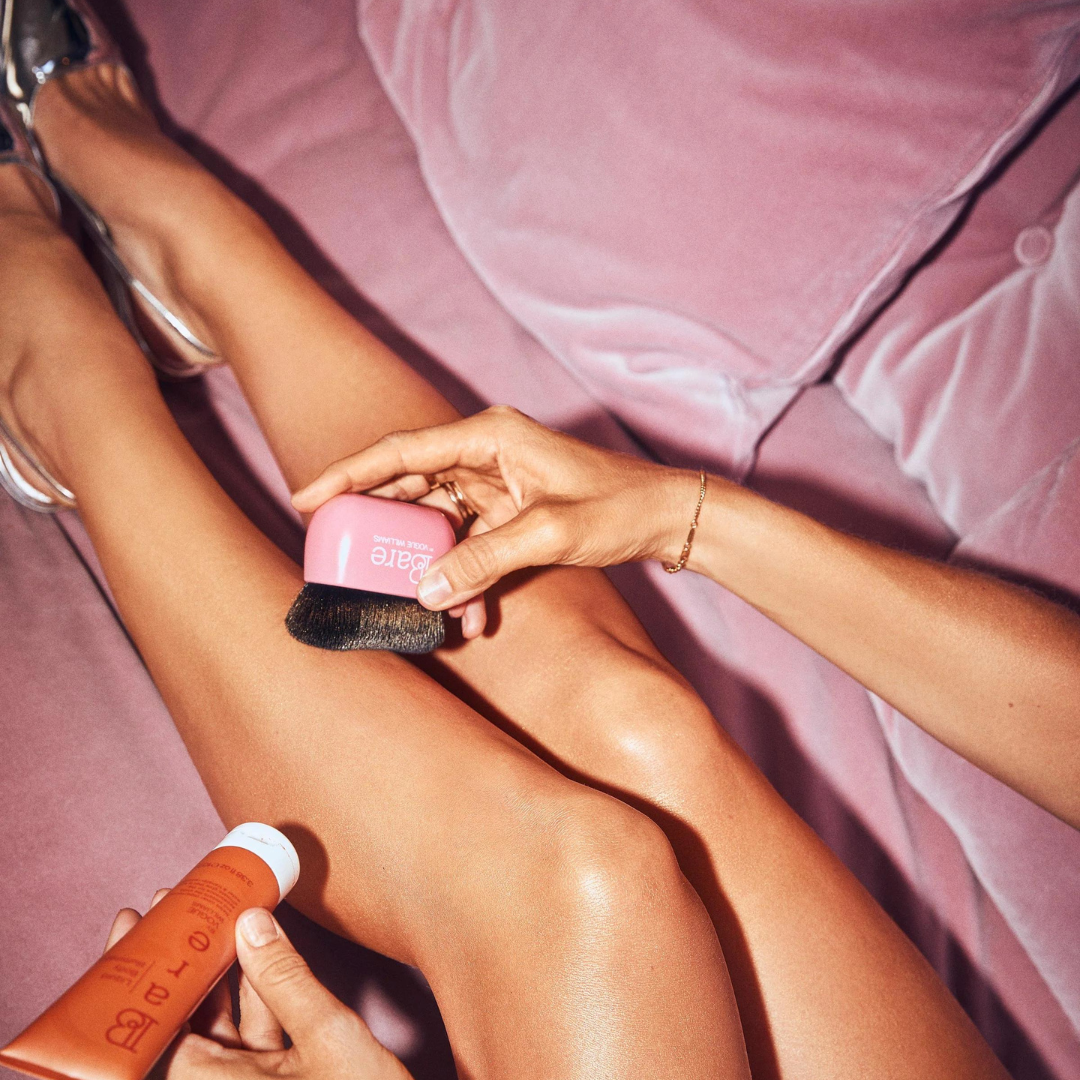Sunscreen FAQ
What is SPF?
SPF stands for Sun Protection Factor and is an indication of how long you can stay in the sun wearing sun cream or lotion versus not wearing sunscreen.
Even though it might seem like a recent invention, the first SPF product was used in 1928.
If you find that you get sunburnt after 20 minutes of exposure to the sun, an SPF 10 sunscreen means your skin is protected for up to 10 times longer from UVA (Ultraviolet rays), or 200 minutes in total.
How do I choose the best SPF for me?
There are several different things you need to take into account when choosing sun care and protection products.
Important considerations include your skin type, the intensity of the sun where you live or will be on holiday, and how long you plan on being in the sun.
If in doubt as to what sunscreen to choose, start with SPF 30 which offers what’s called broad-spectrum or full-spectrum sun protection, applying it several times a day.
The highest available level of protection is SPF50+, which is technically SPF60, and the next highest level of protection can be found in SPF50 sun creams, lotions, and mists.

How are UAV and UVB different from each other?
UVB are ultraviolet rays from the sun that can penetrate the skin and cause sunburn. So the first sunscreen products and lotions were designed to only protect against UVB rays.
It was later discovered that UVA rays might not result in sunburn but do also penetrate the skin and cause premature aging of your skin and other cellular damage.
So an ideal sunscreen cream, mist, or spray will offer protection from both UVA and UVB rays.
What sun cream is suitable for sensitive skin, eczema, or Rosacea?
You already know that wearing sunscreen is important, but this goes double for anyone with sensitive skin, eczema, or Rosacea - you absolutely have to keep your skin protected from intense sunlight.
But the problem you face here is that many of the better shelf-bought SPF products contain fragrances or other ingredients that irritate your skin.

So you need products that offer excellent protection while also being hypoallergenic. A great example of this is Anthelios UVMune 400 - an SPF50+ non-perfumed sunscreen that’s designed specifically for sensitive skin.
How much do I need to apply?
Less is more with most things in life, with sunscreen being a rare exception. You should apply a liberal amount of sunscreen to every single part of your body that will be exposed to the sun.
If you’re in doubt as to exactly how much “a liberal amount” of sunscreen is, you should apply at least 5ml (a teaspoon) of sunscreen to each arm, leg, your chest, back, face, and ears.
And you should apply that amount of sunscreen every few hours.
You can’t overdo sunscreen, so apply plenty of sunscreen and apply it often.
How often should you apply sunscreen while on holidays?
The most common mistake people make when on holidays is to apply an SPF 30 - 50 product once in the morning and then assume they’re protected for the entire day.
That approach doesn’t take into account that your skin sweats in the heat, diluting the protection of your SPF product. Or if you take a quick dip in the pool you’ve also removed most of the sunscreen from your skin.
Sunscreen should be applied every 90 minutes, especially if you have fair skin that’s not accustomed to intense sunlight - that’s 99% of Irish people.
You should also reapply sunscreen immediately after swimming or toweling sweat or water from your face.
How often should you apply SPF in everyday life?
You should apply SPF each morning as part of your routine before you start your day, and then after sweating, swimming, showering, or toweling your face dry - all of which remove the SPF from your skin.
Remember that UVA and UVB rays are invisible to the human eye, so you can’t see them. They’re also quite capable of penetrating clouds - which is why you see people getting sunburn on a cloudy day.
So preventing premature ageing of your skin, and the potential for other damage to your skin means you should wear SPF every single day.
How often do children need to have sunscreen applied?
You should apply sunscreen to your kids face, arms, legs, neck, neck, back, shoulders, and ears at least 30 minutes before you sit in the sun.
Then once outside you should apply sunscreen or lotion every 90 minutes for the entire day.
If you’re not sure what product to choose then we can recommend the Anthelios Invisible Kids SPF50+ mist from La Roche Posay.

This product has been dermatologically tested to be suitable for sensitive skin, contains no perfumes or fragrances, is water-resistant, and offers a high level of protection against both UVA and UVB radiation.
You should also reapply sunscreen immediately after your kids either go paddling or swimming in a pool or the ocean - even the most waterproof SPF can be easily towel-dried away after a quick paddle.
Are sunscreens moisturizers?
Sun creams are not designed to be moisturizers, but many of the leading skincare brands do include SPF in some of their products.
That does not mean you should use a moisturizer that contains SPF instead of sunscreen though - a moisturizer does not offer the same level of protection as a dedicated sun care product does.
Makeup or cosmetic products that contain SPF are not a replacement for sunscreen. If you’re going to be exposed to intense sunlight for several hours per day. In those situations your skincare routine should follow this order:
- Moisturizer
- SPF
- Makeup
Can sunscreen go “bad?”
All sunscreen products have an expiration date and you should avoid using them after that date.
This isn’t because the products could be harmful to your skin but simply because they will not offer the same level of protection after their stated expiry date.

Do suncare SPF mists offer the same protection as sun creams?
SPF mists can offer the same level of protection as sun creams but you need to apply more of the product to get the same amount of skin coverage as you would with a cream.
You would ideally use both types of sun care products, using a mist for your face and neck but a regular cream or lotion for the rest of your body.
Are bees attracted to sunscreen?
If your sunscreen smells sweet or floral it could attract the attention of bees simply because they’re following their senses and instincts - it’s nothing personal.
So a simple way to avoid that is to use non-perfumed or fragranced sunscreen products.
Can you keep sunscreen in the fridge?
In order to maximize the effectiveness and shelf life of your sunscreen, it is recommended to store it in the fridge, especially if it's a partially used bottle.
When SPF products are kept at room temperature, they tend to degrade more quickly. By adopting this simple practice, you can ensure that your sunscreen remains at its best quality.
Remember, once opened, most sun creams need to be used up within 12 months, as indicated on the back of the bottle.
Can sunscreen go in carry-on luggage?
Yes, you can place up to 100ml of sunscreen in your carry-on luggage for a flight in the EU or United States.
Any bottles larger than 100ml will need to be stored in your checked luggage.
Can you use baby sunscreen on dogs?
Never use any product on the skin of a cat, dog, or other pet that is not specifically labeled as being safe for pets.
Just because it’s safe for your baby’s skin doesn’t mean it’s not toxic for your dog or cat.
And yes, there are sunscreen products specifically for pets to keep them safe from the sun.












